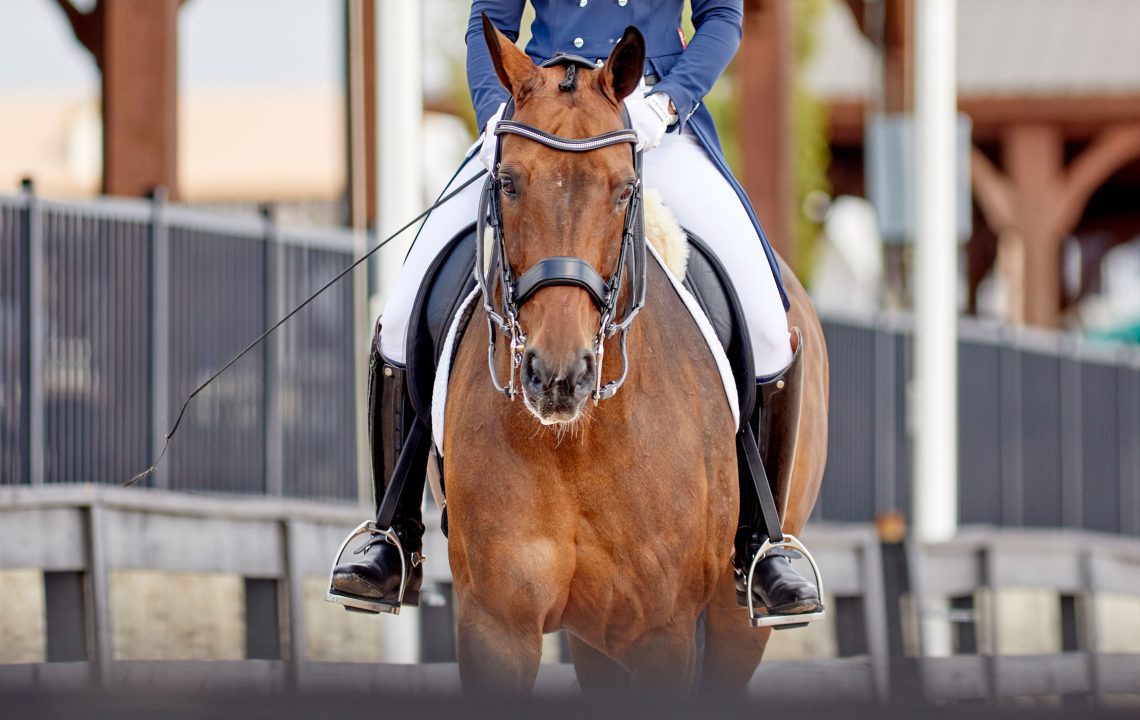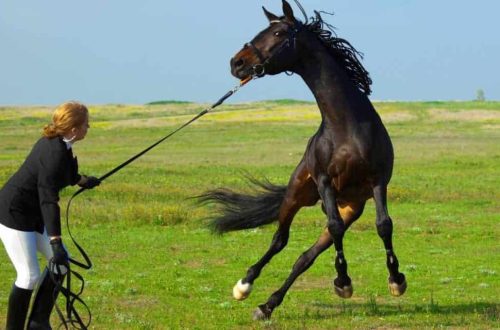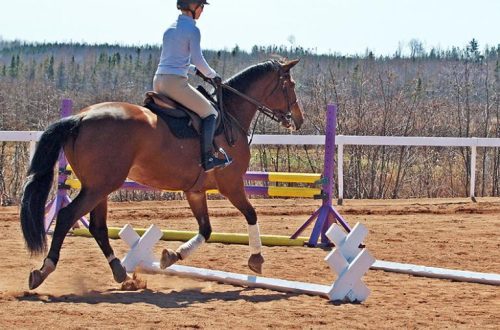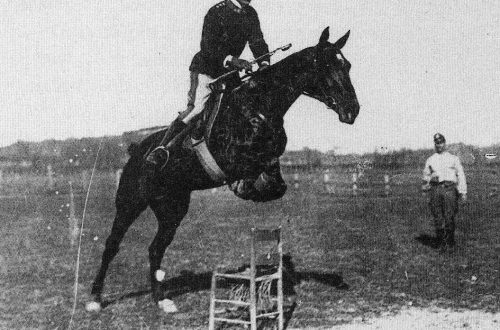
3 exercises for a calm canter
Photo taken from horseandhound.com
Does every training for the quality of the canter become a torment? It seems that under you is not a horse, but a Formula 1 car? For those who are tired of racing and want to achieve a calm canter, we have selected 3 exercises that can solve this problem.
Some horses are naturally more active and have wider gaits than others. However, even the most temperamental horses must learn to hold a collected canter and listen to the rider.
A calm canter for your horse will only come when you start working on balance and balance using half halts and teach the horse to “listen” to the controls.
We suggest that you familiarize yourself with three exercises that are perfect for working on a collected, calm canter. If performed correctly, the gait will become more balanced, controlled, and a little less… intimidating.
In all exercises, the rider must remember to give clear and calm commands. Don’t be harsh under any circumstances. the resistance of the horse will not help improve the quality of the gait.
If your horse is overly temperamental, let him step over between exercises. However, even while resting, you must maintain contact and work on flexion and relaxation.
1. “Drop” or “right / left back”
This exercise is the easiest – during it the horse will have to change the bend, but nothing complicated is required of him. All commands will be very clear and predictable for both horse and rider.
You can start this exercise first at a trot to get the idea and get comfortable, and only then move on to the canter.
Raise the horse into a canter on the left foot and move towards the short wall of the arena (toward the letter “C”). Pass the corner and at the C (or further down the ¾ line, depending on the level of your horse) turn back towards the B. When you get to the wall, do a few strides of countercanter on the long wall and change into a trot or walk.
Do the same on the other side. Now you should start the exercise from the letter “A” and turn to the letter “E”. After that, repeat the exercise again with the left leg.
If your horse listens to all your commands, but is sometimes too impulsive, then a few counter-canter paces and a transition to a walk will help to make the gait more balanced.
When dealing with a young horse, transition to a trot. remember, that trot should be even and rhythmic.
2. Transitions trot-canter-trot
Working on a 20-meter circle with transitions from trot to canter and back again will help you come to a balanced canter.
This exercise is suitable for both temperamental and calm horses. Working on the transitions will help activate the horse’s hind legs and bring them under the body more.
Raise your horse into a trot and move in either direction in a 20-meter circle. When you feel that the horse has relaxed at the trot and has caught the balance, come up into a canter. After a few strides, return to the trot.
Once the trot is back in balance, take another lift. Try to make transitions as often as possible when you feel the horse is ready for it.
For overly hot horses, waiting to transition to a more relaxed gait will help maintain control of the canter and attention to the rider’s commands. Make sure your horse is waiting for the signal to change gait and is not in a hurry to do everything himself. Also pay attention to the rhythm at the gallop was just as clear, as well as at the trot. And don’t forget about contact with the horse’s mouth!
3. Leg yielding at trot and canter
Often overly active horses get used to the fact that the rider stops working with the leg. Unfortunately, this only exacerbates the problem. Remember that whether your horse is moving slowly or quickly, you must always work your leg. Don’t confuse speed with momentum – often, those horses that are in a hurry and accelerate do not have momentum and work from the hind legs.
Leg yielding will help the horse get used to the leg work and stop running away from it. You can start the exercise at a trot and only then move on to a canter. This is an excellent exercise for improving flexibility, developing balance and responding to rider commands.
Start yielding from the center line and move towards the long side of the arena. Necessarily control the rhythm of your horse Don’t let her run ahead.
You can make this exercise more difficult by asking the horse to take a few steps of yielding one way and then the other, causing him to zigzag. This will help you improve your forward and sideways control.
And remember that different exercises are suitable for different types of horses. A horse that loses balance quickly in the canter will need more balance work during the gait. And the one that just “has fun” at a gallop, constantly accelerating, has more monotonous work.
Exercises should be performed under the supervision of a trainer., which can tell you about errors and advise how to fix them.





